Wednesday 23rd April 2025, Welshpool Golf Club.
Wildlife and golf courses, who would imagine they go together, but Welshpool Golf Club proves they can co-exist.
The golf club covers a large area of the land surrounding the hill marked on the OS map as Y Golfa. I assume that the hill was named after the course rather than the game of golf being named after the hill.
You need to be fit to play this course (or use a buggy) as it is very undulating, steeply so in several places.
The course has been situated here since 1930 and the lack of use of fertilisers and pesticides has allowed the wildlife to prosper in the habitats alongside the well kept fairways and greens. Montgomeryshire Wildlife Trust have been carrying out work on the course to improve the habitats by cutting back vegetation and tackle the bracken.
We met in the club’s car park after an interesting drive up a steep single-track lane to get to the site, where we met a large lorry coming the other way. Fortunately this happened close to a junction so we were able to reverse a few yards back to the wider road and let the lorry pass.
After that it was just a case of negotiating the speed bumps.
It was a cold and grey day but, thankfully, no rain. But not a day to encourage invertebrates to emerge from their sanctuaries.
We started by back-tracking along the entrance lane before heading off down through dead bracken to an area of wet woodland where we explored the tufty grass and trees.
There was not much about but we did find a St. Mark’s fly, Bibio marci.
This fly generally emerges around St. Mark’s Day, 25th April, hence its common name.
It was 2 days early!
We moved on.
Or, more precisely, up.
Climbing back through the bracken we regained the entrance lane on which we ambled up …
Before taking another track which led eventually, and after several stops and diversions, to a reservoir.
On one of the stops, by a wet, rough and sparsely vegetated ditch bank, searching revealed a small beetle larva. Normally these are returned unidentified but something about it made us take a second look.
It was a Glow-worm larva.
There were several Scot’s Pines scattered around the course and most that we passed and could reach the lower branches were checked.
On one of them we found an micro-ladybird Scymnus suturalis.
Now at the reservoir…
We had lunch, then explored the vegetation surrounding the pool.
A beetle, Agonum marginatum, was observed.
And another soon followed. This was probably Galerucella lineola.
At some stage during the day a suction sample revealed this tiny wasp, Lagynodes pallidus.
As we moved on around the pool towards our next area for investigation we noticed a large beetle larva at the side of the path.
Another glow-worm, at a much later stage of development than the first one we found.
Arriving at an area of mossy vegetation in a valley we investigated the ground vegetation and the large willow tree.
This area was under the flight path of golf balls hit from a tee somewhere high above us at the top of the valley side to the sloping fairway on the other side. Fortunately, no-one was attempting this feat of golfing ability whilst we were there.
I always thought golf balls were manufactured but discovery of a ground-nest of golf balls has questioned my belief!
In amongst the ground vegetation there were Marsh Violets in flower.
The willow yielded a small beetle, a Willow Flea-beetle.
Forever restless we moved further down this valley, and out of range of golfers.
We used a board walk and bridge to cross a stream…
Moving in to an area of fen.
Here the choice of footwear was critical. Those in wellingtons could access the whole area. Those of us in boots had to be careful where we trod to avoid wet feet.
Whatever footwear was chosen everyone had to avoid standing on one of these, a Common Frog.
On the edge we found a larva of a Drinker moth.
In the wetter area we found many tiny black craneflies.
This is Molophilus ater.
Females of this species generally mate within hours of emerging. Here is, probably, a freshly matured female which has been pounced on by a male.
The cranefly is very short-lived so we were fortunate to find it here.
Time to return to the cars.
A few birds gave us a pleasing send off.
A Williow Warbler.
A distant Stonechat.
And a Wheatear.
My thanks to the golf club for granting us permission to do what we enjoy doing, Montgomeryshire Wildlife Trust for making the arrangements. My gratitude to the photographers for their excellent images and allowing me to use them in this report.









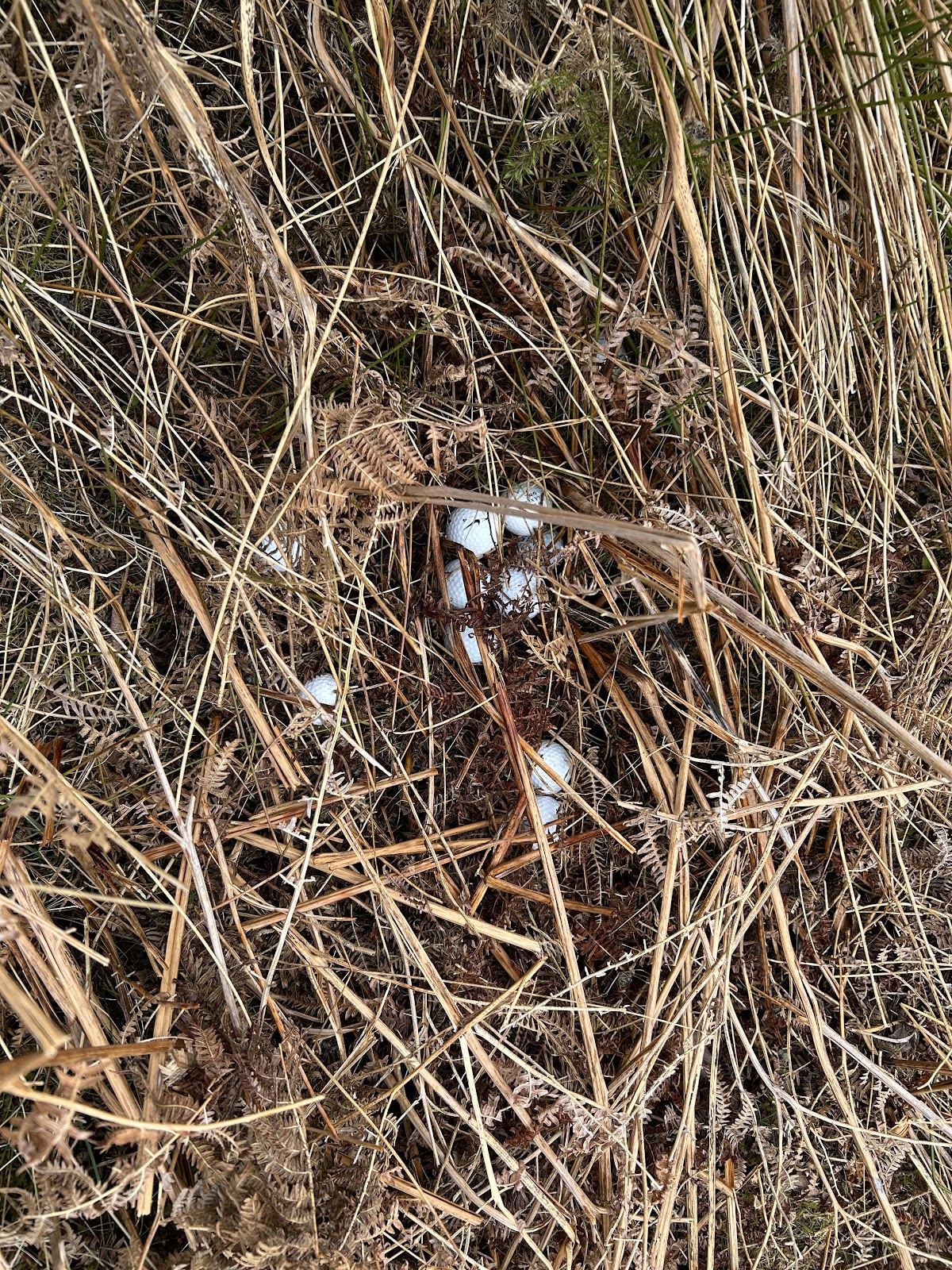

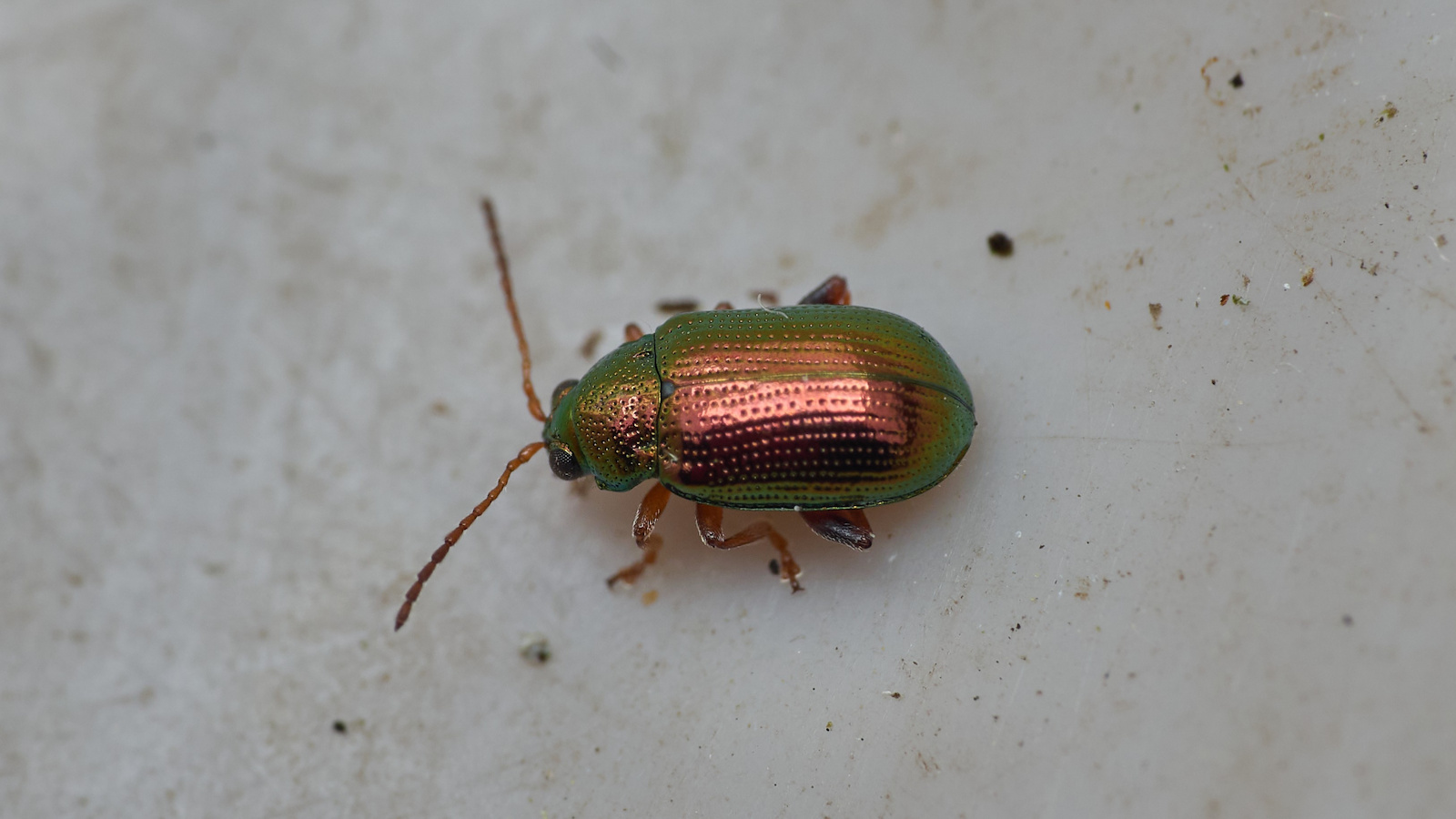




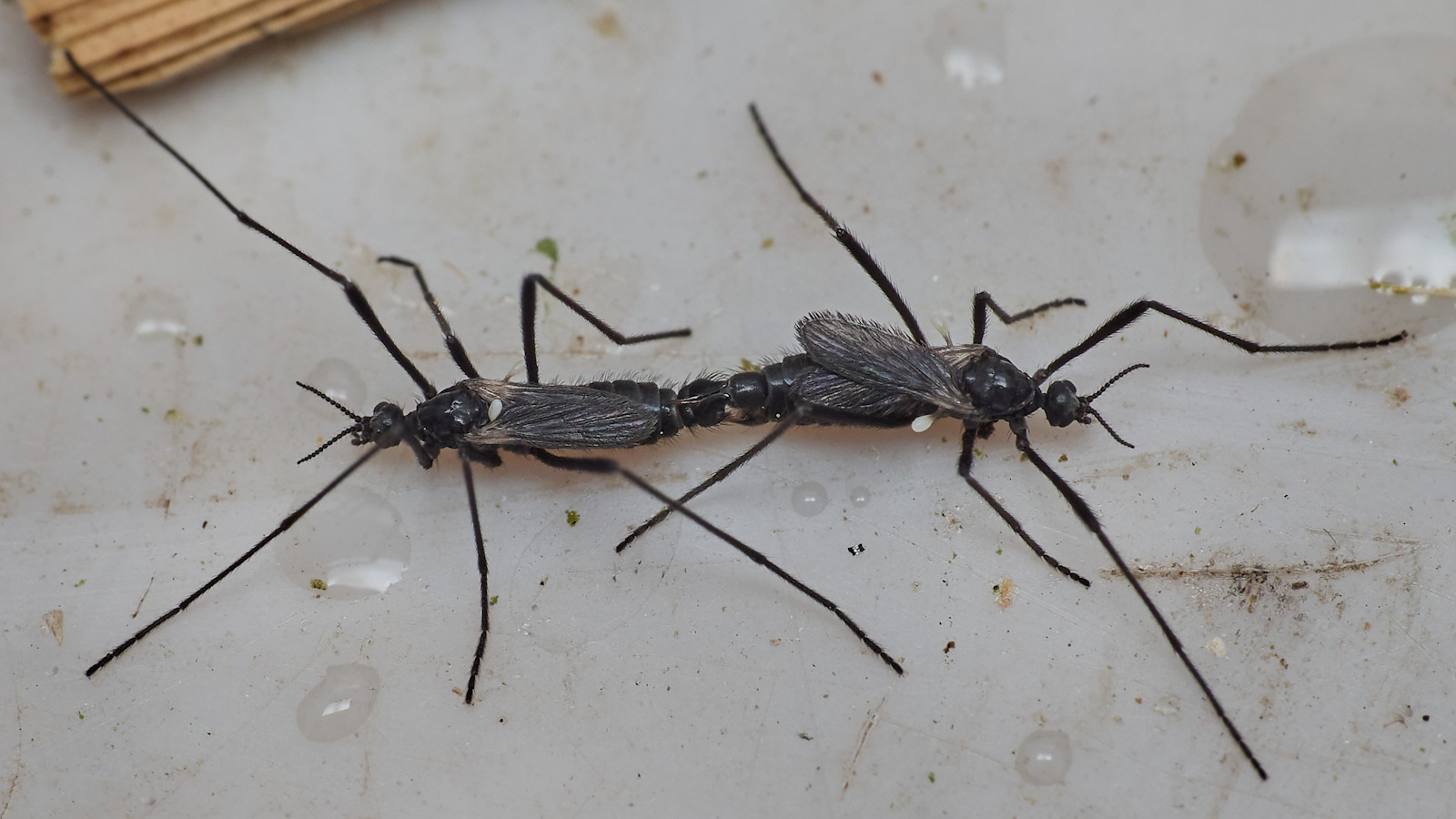
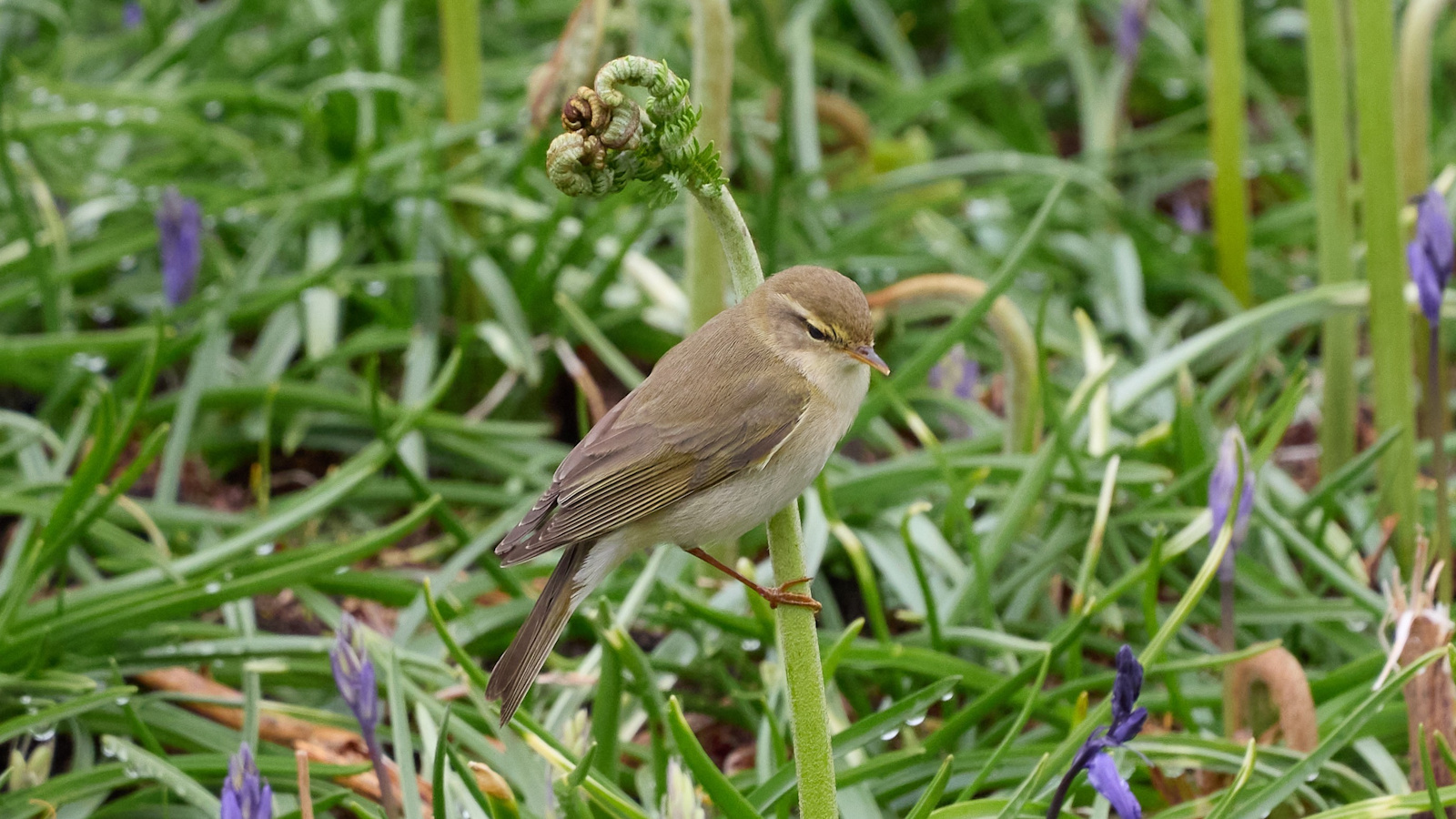






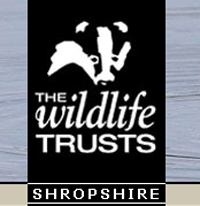

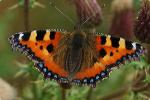




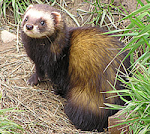

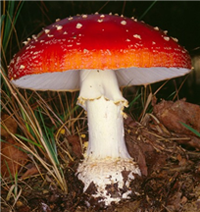





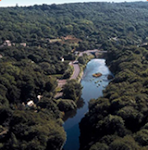






No comments:
Post a Comment
Please feel free to comment on this post...